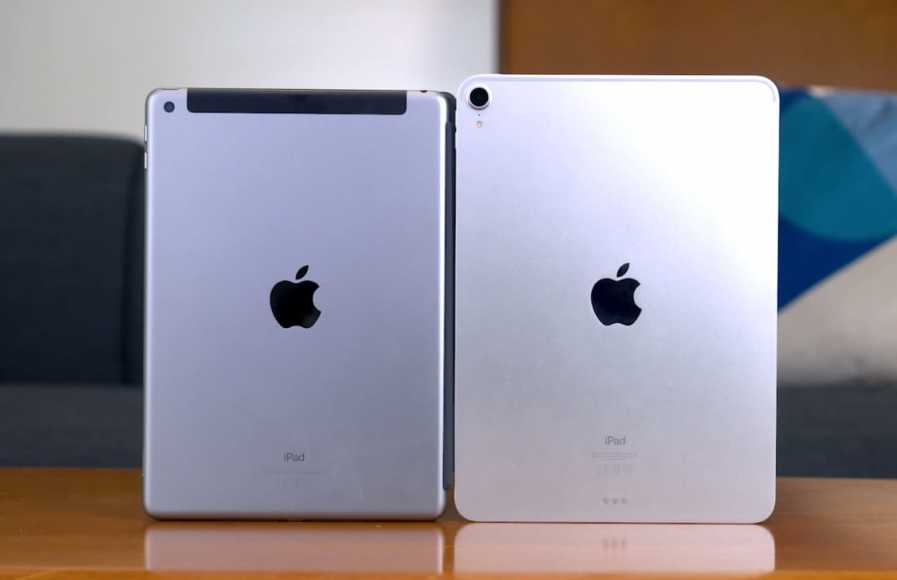Are you planning to use your iPad as a secondary monitor on your Mac? The idea, although rather unusual, is absolutely feasible. In this article, we will address a topic dear to Apple’s most loyal users.
Methods to use an iPad as a secondary monitor
In reality, this operation can be performed in different ways. In fact, there are two methods that can be used to transform your iPad into a support display for a Mac. In both cases, these are apps that have a cost (for the purchase of the software or the need to buy an adapter) even if, in their context, however, perform their work in an absolutely excellent manner.
First method – Screens
Screens is a software available on the App Store for 20 dollars and carries out this task in an impeccable manner. To make it work it is good to download the main app on the iPad (or even on the iPhone, in case) and the support app on the Mac you want to use.
- Once these apps are installed you must:
- make sure your screens are active on both Mac and iPad and that both computers are connected to the same Wi-Fi network
- on your iPad, touch the + button at the top right to add a new computer
- touch the name of your Mac
- at this point, you will be asked to enter some more advanced settings. For the most part, you can skip these settings for now
- touch the Done voice at the top.
Screens is ideal for navigation and basic tasks. Wishing, it works with more than one Mac, is wireless and works far from home. One disadvantage is that the resolution is not optimal if you are doing any kind of editing or viewing photos or videos.
To get remote access and then connect an iPad (or iPhone) to a Mac that are not nearby, access the Screens preferences on the Mac and enable Use Remote Login (SSH Tunneling). You can then use the same steps above to add other Macs or virtual desktops to the screens.
Second method – Luna Display
Luna Display is the second option available. The app in question is much more advanced than Screens, but also has some not inconsiderate contraindications- despite being a free app requires the use of a special adapter, sold by developers to almost 80 dollars.
Installation may take some time because it will attempt to perform firmware updates when you start the Mac application for the first time. Then you’ll need to pair the Mac app with the iPad app. This happens in this way:
- Connect the Luna display dongle to your Mac
- make sure both the iPad and the Mac are connected to the same Wi-Fi network
- open the app on your Mac and follow the configuration wizard
- repeat for each iPad that you wish to combine with Luna Display
The positive aspect of Luna Display is that the performance and resolution are astonishing and much better than what Screens offers. The company has also created a secondary app, or Astropad, which allows you to use your iPad as a drawing device for your Mac (almost like a tablet). It should be pointed out as Astropad, however, costs $ 30.
What is the disadvantage of using Luna Display? In spite of the first method, this does not allow you to connect devices that are not positioned nearby. This, for some uses, can be a rather heavy limit.

